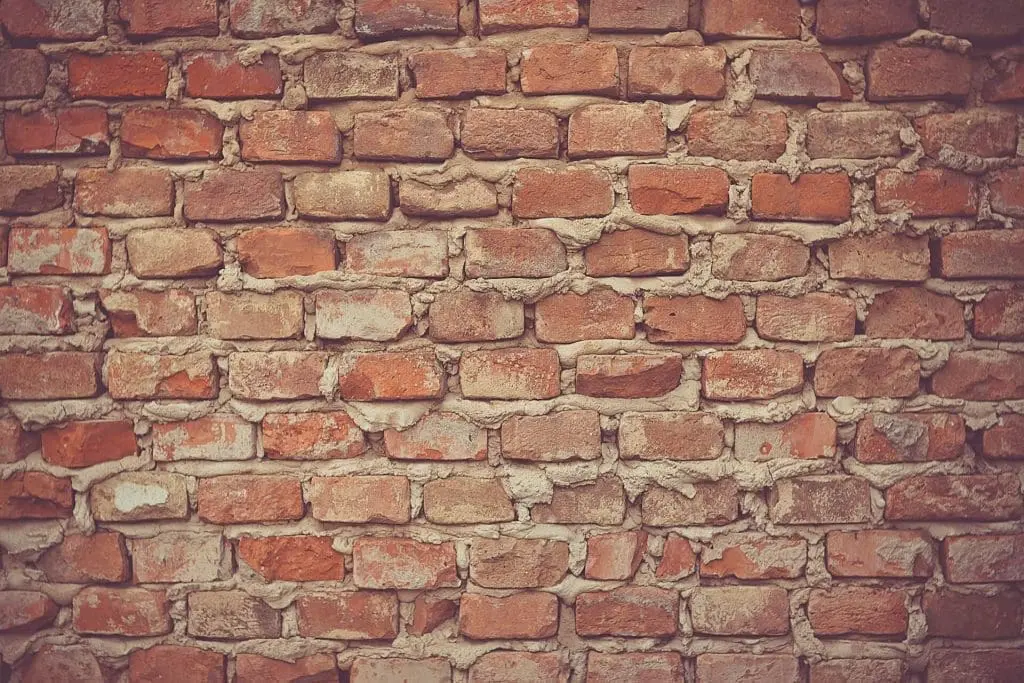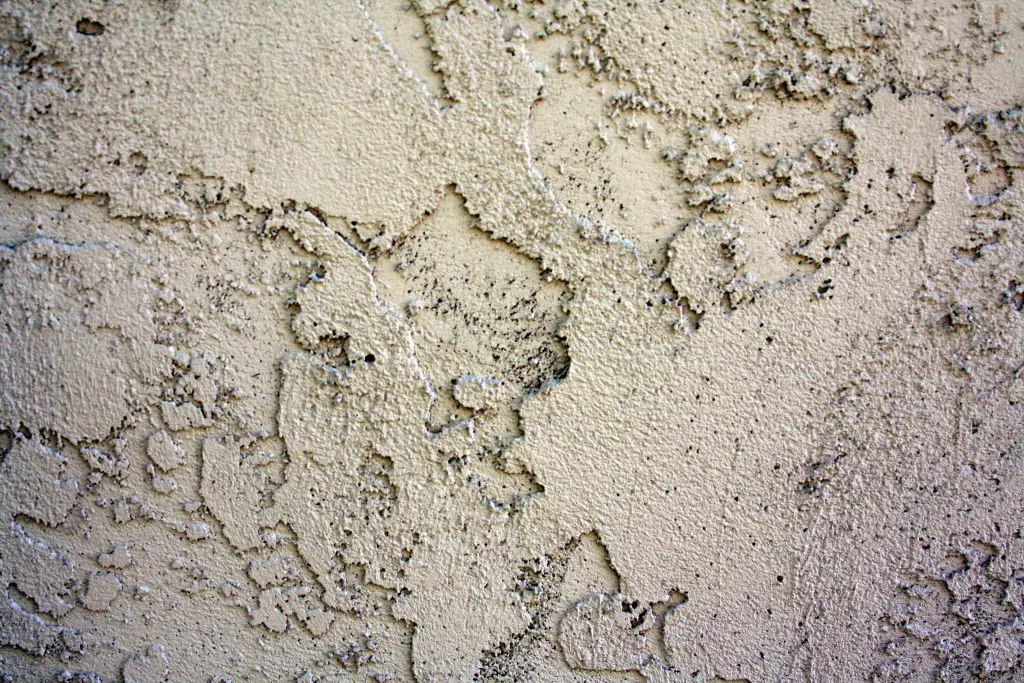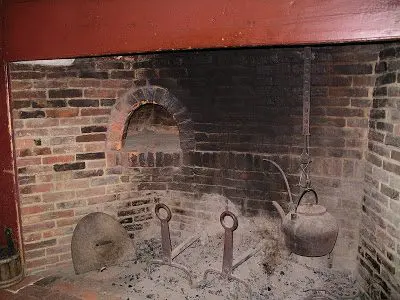Large fires breaking out in residential areas and killing several people is not very uncommon. The houses that we live in must be strong enough not only to resist earthquakes or floods but fires also. Most damage caused by fire is during the night time, when people are asleep in their homes.
This is because smoke can lull a person into a deeper sleep. No house can be made truly fireproof, but well-constructed houses, constructed using fire-retarding materials, can resist fire for a longer duration of time, thus providing a greater chance of escape.
Characteristics of Fire Retarding Materials
- It does not catch fire easily and also transfers heat very slowly.
- It does not disintegrate under the effect of heat generated due to fire.
- It does not expand under heat and hence does not introduce additional stresses in the building.
- It does not lose its strength upon catching fire.
Fire Resisting Characteristics of Some Commonly Used Building Materials in House Construction
Stone
Stones are bad conductors of heat. Fine grained sand stones can resist fire moderately. Granites disintegrate under fire. Lime stones crumble easily. Most of the stones tend to disintegrate when cooling after being heated by fire.
Bricks
Bricks are also poor conductors of heat. They can resist temperatures of up to 1200oC. With good quality mortar used during construction, bricks provide excellent fire resistance. Brick walls can easily resist fires up to 1 to 4 hours.

Timber
Timber catches fire rapidly and also enhances its intensity. Using heavy sections of timber in buildings is very much undesirable. Timber is usually coated with fire resistants like ammonium phosphate, ammonium sulphate, borax, etc. Sometimes coatings of fire resistant paints are also applied on timber to prevent it from catching fire rapidly.
Concrete
Concrete is an excellent fire resistant. The behaviour of concrete essentially depends upon the quality of cement and aggregates used in it.
For reinforced concrete and pre-stressed concrete, the position of steel reinforcement also plays a significant role. Larger concrete cover over a member provides better fire resistance to it.
Concrete begins to lose its strength beyond temperatures of 250oC. Also, reinforced concrete can sustain temperatures of up to 1000oC for about an hour.
Steel
Steel is a very good conductor of heat. It yields at 600oC and melts at 1400oC. It loses its tensile strength under the effect of heat caused due to fire. Steel columns become very unsafe during fires.Steel reinforcement tends to weaken the reinforced concrete structures.
Therefore, steel columns are always protected with brick work or by thick concrete cover. Steel grills and beams are also coated with fire resistant paints.
Glass
Glass is again a poor conductor of heat. It expands negligibly upon heating. However, when it cools down after being heated, cracks are formed.
Glass is mostly used in window panes and it needs to resist fire properly because broken windows would allow flames to enter a building easily. As a protection, dual paned glass may be used, since it doubles the time required to break the glass. The outer layer has to break first before the inner layer.
Tempered glass, which is heat treated, provide about four times more strength than regular glass. Glass is often reinforced with steel wires to provide the best kind of fire resistance. Even if the glass cracks or breaks, the broken pieces are still in their original positions.
Gypsum
Underlying gypsum sheathing is provided to various structural materials to achieve a better fire resistance. The most commonly used materials for interior finish is gypsum board. Gypsum board or drywall consists of a layer of gypsum squeezed between two sheets of paper. Type X gypsum board is specially treated with various additives to provide even better resistance to fire. The paper on the outer layer of the gypsum board burns slowly thus preventing the fire from spreading. Next, the non-combustible core that contains gypsum (water, chemically combined with calcium sulphate) is affected. Due to fire, the water comes out as steam, impeding the heat transfer through the gypsum board. Finally, the gypsum core still resists fire penetration for a certain duration of time.
Stucco
Stucco is a kind of plaster that has been used since ages for artistic as well as structural purposes. In modern days, stucco is made out of plaster, sand and lime and it serves as a very good and durable fire resistant finish material for buildings. It is applied in 2 to 3 coats. A one inch thick layer of stucco can easily provide a one hour fire rating to a wall.

Aluminium
Like steel, aluminium is also a good conductor of heat. But it provides better fire resistance than steel.
Asbestos
It is a non-combustible substance. It not only provides very good resistance to fire but also results in waterproofing of buildings. Adding asbestos to mortar mix also increases the tensile strength tremendously. Because of its fire resistant properties, it has found vast application in construction of asbestos bricks which are further used to construct fireplaces and brick ovens.

– Vikram Agarwal





